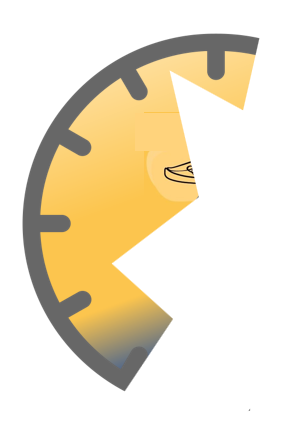
Someone I work with in the UK nuclear industry asks in despair, how come project engineers don’t feel that the whole point of building something is for it to operate? In other words, that construction projects only exist to create something that will be used to deliver products and services.
Why aren’t they interested in the long-term use that comes after construction?
If it really is all about use, they really need to consider what is required to use the asset. They should be interested!
This isn’t just to focus on what service we need to deliver. The asset has no point unless it delivers a service that is needed. Even project engineers can get that.
What we continue to struggle with is getting asset construction engineers and project managers to consider what is needed in order to use it successfully. And this includes providing as-built data – what assets are there to operate – and thinking ahead on operating strategy, and maintenance schedules. It’s designing and building with the operations and maintenance in mind. Designing for operability and maintainability.
In infrastructure, the asset ‘users’ are often not the customers, who may never touch or even see the assets. The people who use the assets are the operators; the people who touch the assets, maintenance.
An engineering design goes through many hands before it impacts on the customer – and if those hands in between are hamstrung by designs that are poor to operate, hard to maintain, and by the incomplete thinking that ‘throws the assets over the wall’ at operations (as we used to say in the UK) without adequate information – what is the point, really?
I believe there may be something called project time, where there is no ‘after’. No ‘and then what?’ – just onto the next shiny thing to build.

Recent Comments